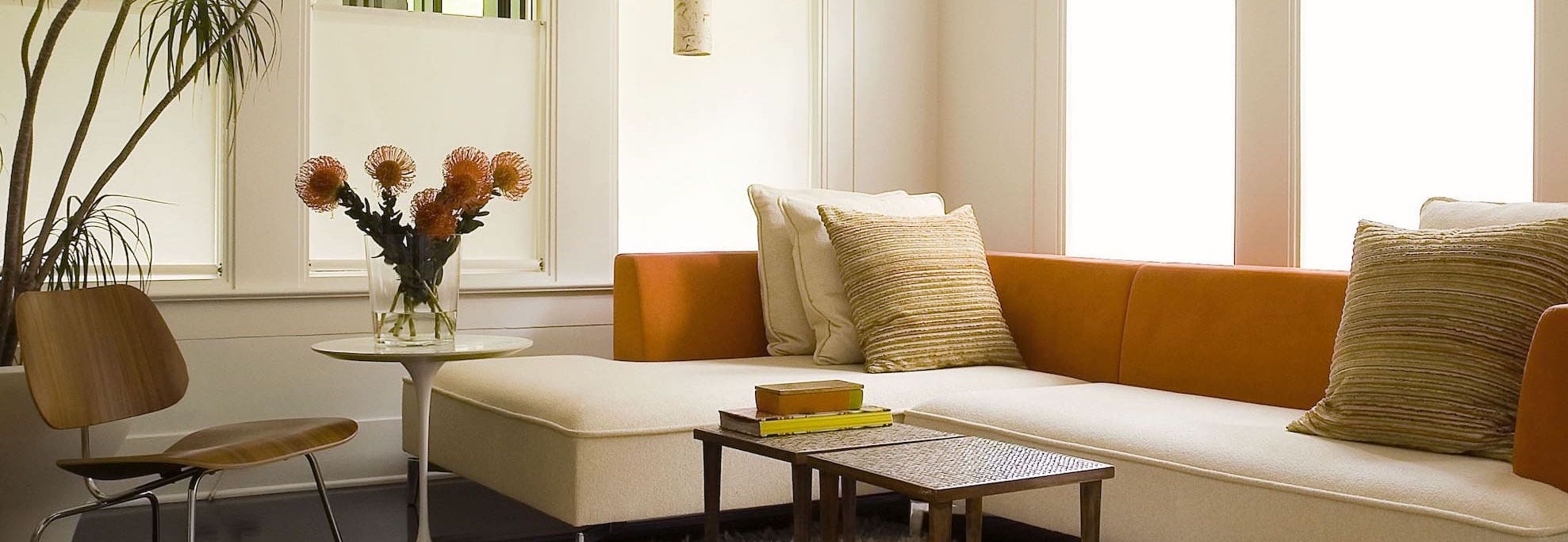 When you’re about to buy an investment house, it’s easy to get excited about its great location, spacious floor plan or beautifully decorated interior. Yet the old saying, “beauty’s only skin deep” can apply to any home, especially if you’re considering an older, previously owned property. Before signing on the dotted line, use this checklist to help avoid some potentially costly surprises and anticipate repairs or upgrades that may be needed.
When you’re about to buy an investment house, it’s easy to get excited about its great location, spacious floor plan or beautifully decorated interior. Yet the old saying, “beauty’s only skin deep” can apply to any home, especially if you’re considering an older, previously owned property. Before signing on the dotted line, use this checklist to help avoid some potentially costly surprises and anticipate repairs or upgrades that may be needed.
Start at the top: the roof
Ask when the current roof was installed. Is it the original roof, or has it been replaced, repaired, or covered over with new shingles in certain spots? Are there known leaks, and if so, where are they? Have any of the leaks caused damage to the attic or interior? Also look at the chimney to see if it’s properly sealed around the edges and whether the gutters need repair.
Windows and doors
Next, take a look at the windows to see if there is any condensation between the glass panes. If so, it could mean window replacements are in order. Once you get inside the house and close the front door, see if any light is coming through between the edge of the door opening and the wall. This gap is an indicator that the door may need to be replaced since air can escape through it and cause higher energy bills.
Lighting and electrical
Throughout the interior rooms, some homes might be “staged” to appeal to buyers with attractive lighting that shows off the space to its best advantage. You may love the way the lamps look in the bedroom, office or kitchen, but more importantly, check out how many electrical outlets there are and whether they are in convenient locations. Also, make sure you check to see if the lamps are masking the fact that there are no ceiling fixtures in each room. Will you need to rig up extension cords or invest in electrical work in order to support all the lamps, ceiling fixtures, appliances and electronics you wish to use?
Get to the bottom of furnace efficiency
Be sure to check out the air conditioning/heating system. If the current system is more than 10 years old, it may be operating at a much lower level of efficiency than the latest manufacturing standards require, resulting in higher energy costs. Newer models can operate at nearly 20 percent higher efficiency than the government minimum standard, for the ultimate in energy efficiency.
Know what you can’t see: indoor air quality
One thing you can’t see is the quality of the home’s indoor air. Nearly 72 trillion particles enter a home every day, making the air inside up to five times more polluted than the air outside. Adding a Trane CleanEffects Air Cleaner for example to the heating and cooling system can remove 99.98 percent of airborne particles including dust, pollen, pet hair and dander, dust mites, mildew, lint, fungus, most tobacco smoke, cooking grease, and even bacteria from the filtered air – so everyone in your new home can breathe easier.







